Wholesale Cheap Replacement Aftermarket Car Parts
car parts, car parts wholesale, aftermarket car parts, auto car parts, replacement car parts. Quick customized on aftermarket car parts,just send us original samples or drawings.
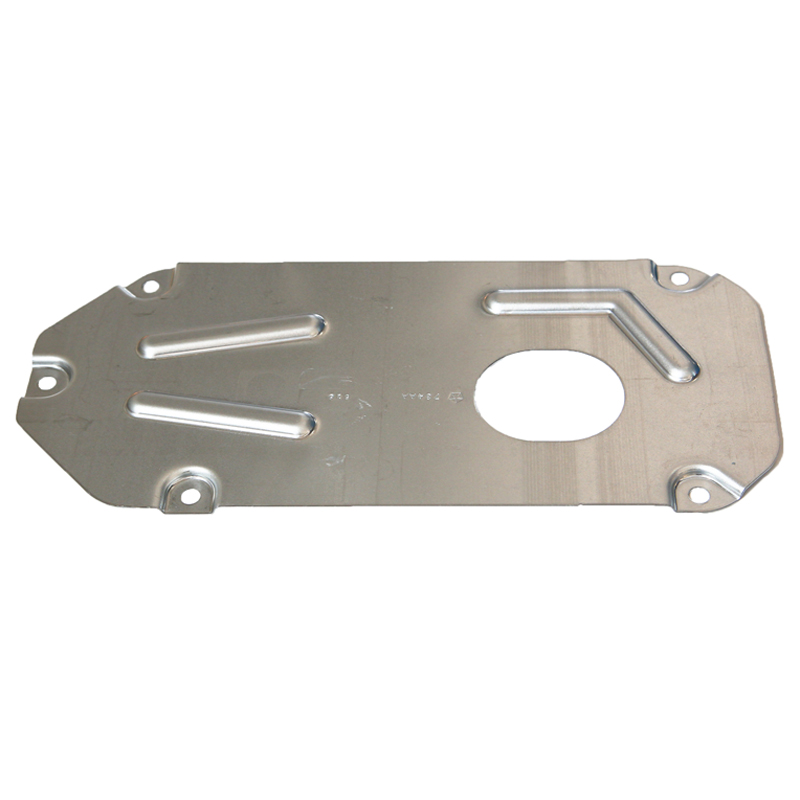
car parts, car parts wholesale, aftermarket car parts, auto car parts, replacement car parts. Quick customized on aftermarket car parts,just send us original samples or drawings.
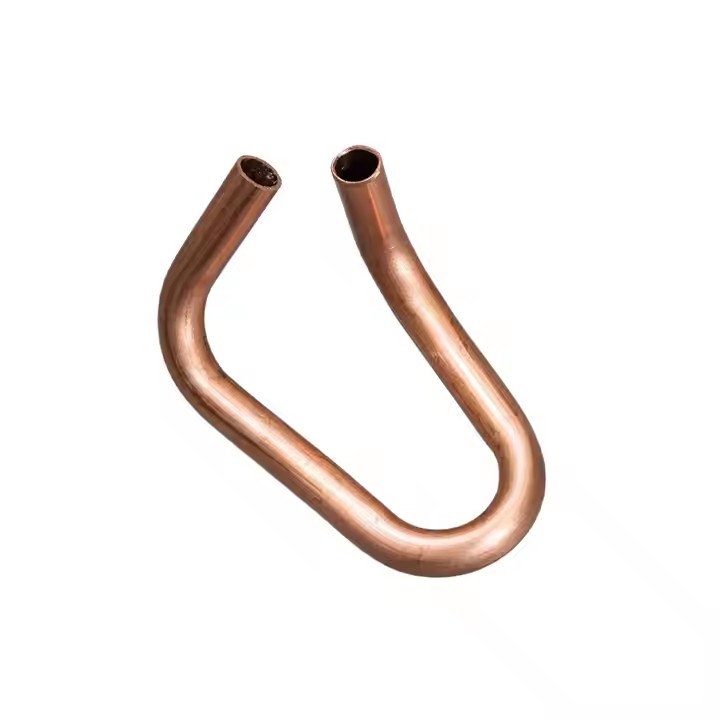
CNC bend factory provide cnc metal tube bending service CNC bending factory made in China Our factory provide cnc tube bending service CNC bending service available CNC Bend OEM Best quality cnc metal bending
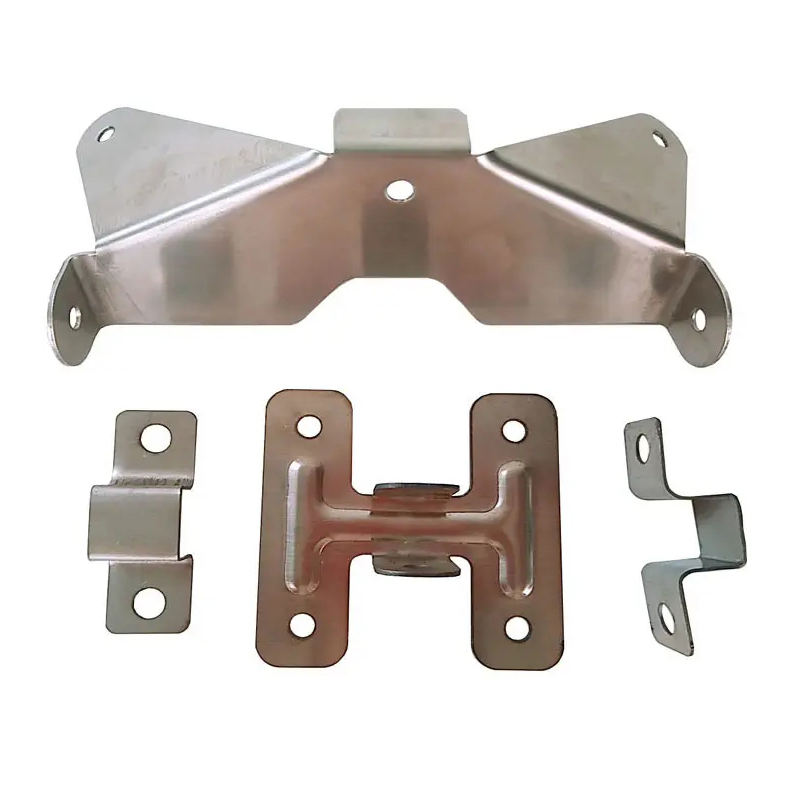
Provide OEM ODM service for metal stamping,stainless steel stamping. Our factory has over 25 years of experience in precision sheet metal stamping. High volume metal stamping with factory price. High precision metal stamping made in China.
High Speed Rapid Prototype Metal Stamping
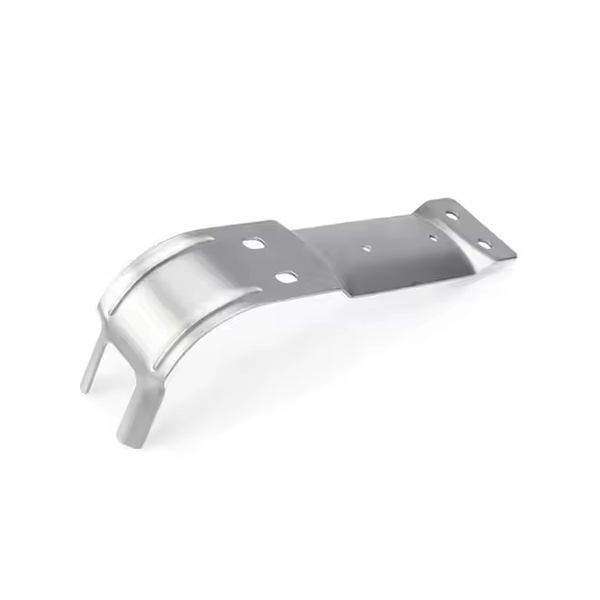
Prototype metal stamping is a manufacturing process used to produce small quantities of metal parts for testing, evaluation, or pre-production purposes. It’s commonly used in industries like automotive, aerospace, electronics, and medical devices where early testing and iteration are crucial before full-scale production.
Key Aspects of Prototype Metal Stamping
1. Purpose
Validate design and fit
Test materials and tolerances
Prepare for tooling and mass production
2. Methods Used
Soft tooling: Cheaper and quicker to make; typically made from aluminum or other low-cost materials.
CNC machining or wire EDM: Often used to create prototype dies.
3D printed dies: For ultra-rapid prototyping and low-force testing.
Laser cutting or water jet cutting: Common for initial blanking before forming.
3. Processes Involved
Blanking: Cutting the raw shape from a sheet.
Forming: Bending or shaping the part into its final form.
Piercing/Notching: Cutting holes or slots into the part.
Coining or embossing: Adding fine detail or text.
4. Materials
Steel (various grades)
Aluminum
Copper
Brass
Stainless steel
5. Advantages
Speeds up product development
Identifies design flaws early
Saves costs in the long run by avoiding full-scale tooling errors
6. Typical Volumes
1 to 1000 pieces depending on complexity and testing needs
7. Industries Using Prototype Metal Stamping
Automotive: For panels, brackets, clips
Aerospace: Lightweight structural parts
Electronics: EMI/RFI shields, connectors
Medical: Surgical instruments, device enclosures
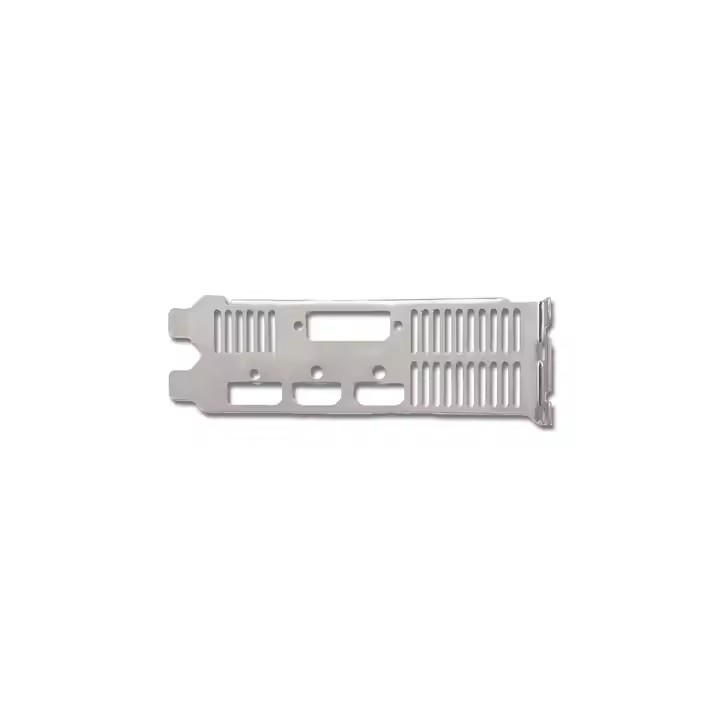
High-speed metal stamping is a manufacturing process used to produce metal parts in large quantities with high precision and efficiency. It involves feeding a metal strip into a stamping press that applies high-pressure force through a die to shape the metal into the desired form. This process is typically used for parts that require consistency, precision, and are produced in high volumes, such as in the automotive, electronics, and appliance industries.
Here are some key points about high-speed metal stamping:
1. Speed & Efficiency:
Speed: As the name suggests, high-speed stamping runs at a much faster pace than conventional stamping. Some presses can operate at speeds of 1,000 strokes per minute or higher.
Efficiency: This speed allows manufacturers to produce a large number of parts in a short time, which is ideal for mass production.
2. Applications:
Automotive: Car manufacturers use high-speed metal stamping for body parts, brackets, and other components.
Electronics: Stamped parts like connectors, terminals, and other small components are common in electronic devices.
Consumer Goods: Home appliances, including parts like hinges, handles, and various small metal components, are produced using this method.
3. Materials Used:
Typically, high-speed stamping works with metals like steel, aluminum, brass, and copper.
The material used depends on the end product’s requirements, such as strength, weight, and durability.
4. Precision and Tolerances:
Modern high-speed stamping presses are highly precise, allowing for tight tolerances, often in the range of a few microns.
This is crucial for parts that need to fit together in complex assemblies.
5. Dies and Tools:
High-speed stamping relies heavily on the design and durability of the dies used. These dies are custom-made for each project and are essential for shaping the metal to the required specifications.
The dies are typically made from hardened steel to withstand the high pressures and speeds involved in the process.
6. Benefits:
Cost-Effective: With high-speed stamping, the cost per unit decreases as production volumes increase.
High-Volume Production: It’s ideal for producing thousands to millions of parts quickly.
Minimal Waste: The precision of the process reduces material waste and scrap.
7. Challenges:
Initial Setup Cost: The investment in high-speed stamping equipment and tooling can be substantial.
Maintenance: The high-speed nature of the process can lead to increased wear on tooling and machinery, which can require frequent maintenance.